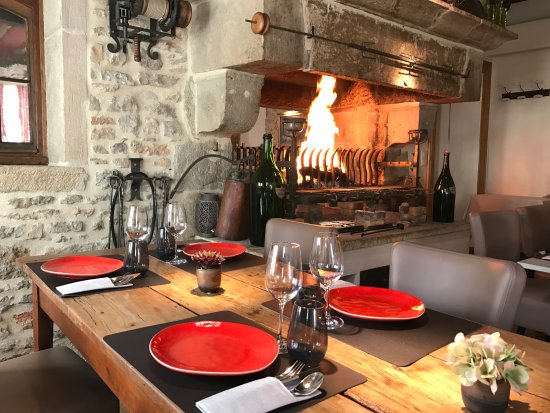Saône-et-Loire
WELCOME TO Saône-et-Loire
Entry Into State
Chalon-sur-Saône
8,575 km2
555,000
French
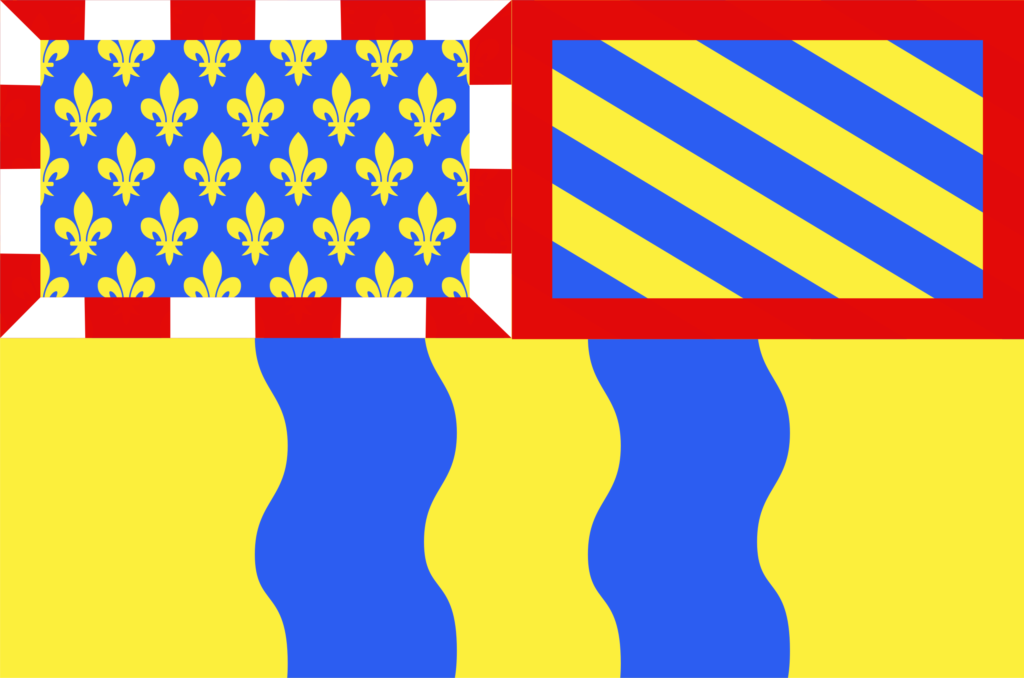
Popular
Geography and Tourist Attractions
Information about the canton's tourist attractions, including popular destinations, events, and activities.
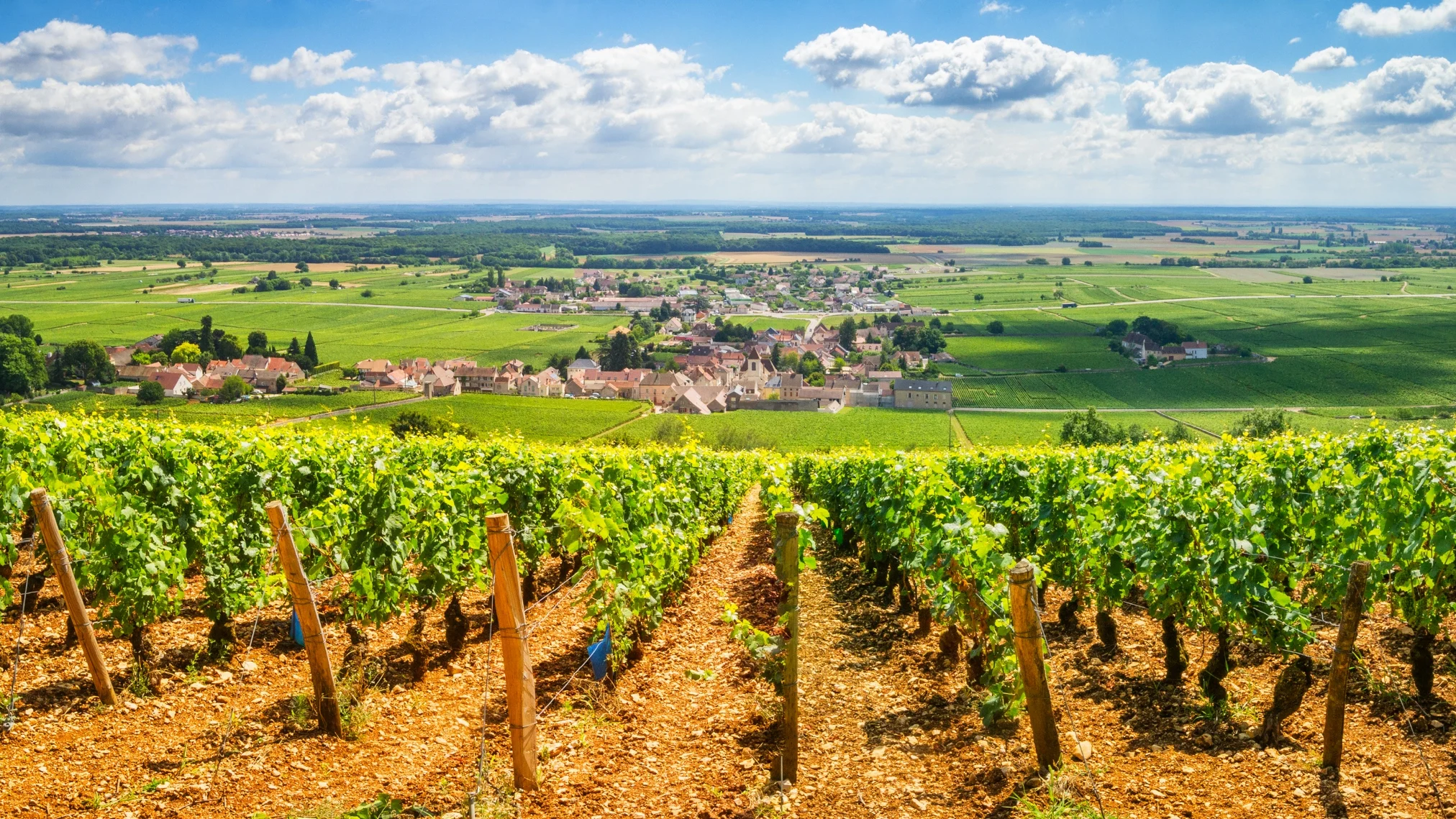
The Burgundy Vineyards

Cluny Abbey
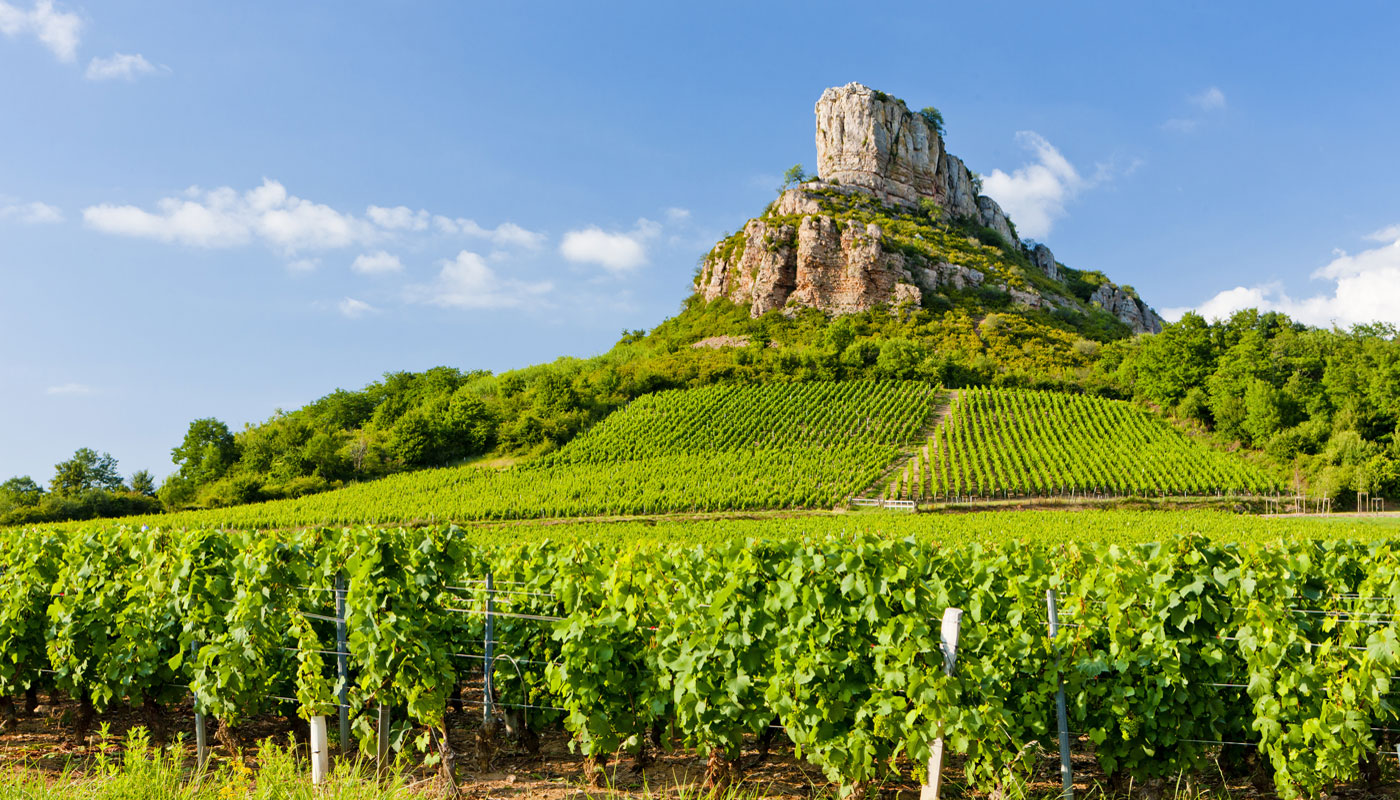
The Rock of Solutré
Political
Economy and Government
The economy of Saône-et-Loire is diverse, with a mix of agriculture, industry, and services. The region is known for its wine production, with the Mâconnais and Côte Chalonnaise vineyards producing some of the most famous wines in the world. The area is also home to a number of manufacturing and technology companies, including the high-tech industry hub of Le Creusot-Montceau-les-Mines. Additionally, tourism is an important part of the local economy, with many visitors coming to explore the area's historic sites, scenic countryside, and famous wine regions.
Saône-et-Loire is governed by a departmental council, which is responsible for managing local services and infrastructure, including roads, schools, and social services. The council is made up of 58 members, each elected to represent one of the region's cantons. The council is headed by a president, who is elected by the members and serves as the department's executive officer. The current president of the council is Rémi Chaintron, who was elected in 2021. The department is also represented in the French National Assembly by four deputies, who are elected to represent Saône-et-Loire in the national legislature.
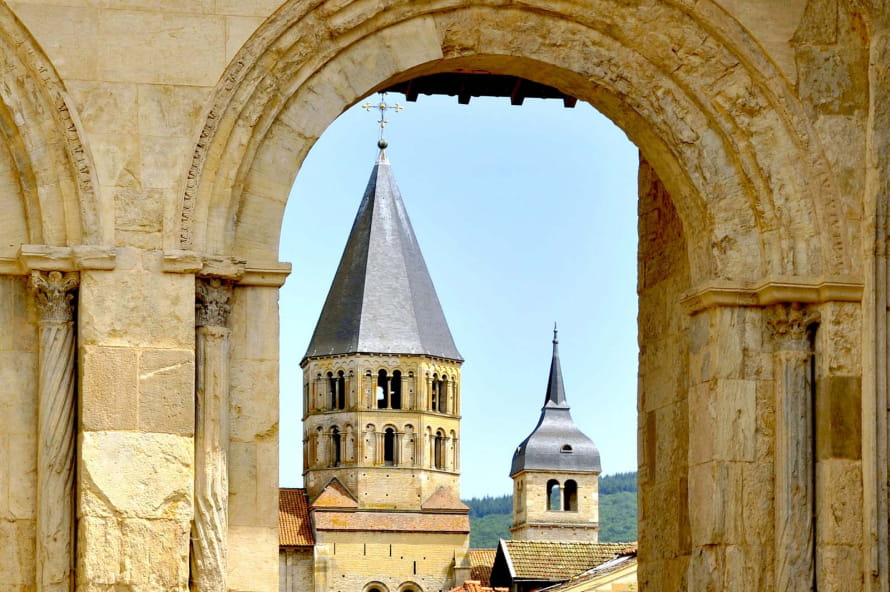
History
History and Culture
Saône-et-Loire has a rich and diverse history that dates back thousands of years. The region was once inhabited by Gauls, Romans, and Burgundians, and has been the site of many important battles and events throughout history. The area is home to a number of important historical sites, including the Cluny Abbey, which was once the largest church in the world, and the ancient city of Autun, which was founded by the Romans in the 1st century BC.
The culture of Saône-et-Loire is shaped by its long and varied history, and the region is home to a number of unique traditions and cultural practices. The area is known for its wine production, and many local festivals and events celebrate the region's viticulture. The region is also home to many artisans and craftspeople, who produce a wide range of traditional products, including pottery, textiles, and woodwork. The area is known for its rich culinary traditions, with local specialties including Charolais beef, Bresse chicken, and many varieties of cheese.
Saône-et-Loire is also home to a number of museums and cultural institutions, including the Ecomuseum of Burgundy Bresse, which showcases the region's rural heritage, and the Nicéphore Niépce Museum of Photography, which is dedicated to the history and art of photography. The region is also home to many cultural festivals and events, including the Chalon dans la Rue street theater festival and the Chalon dans la Nuit music festival.
HOTELS
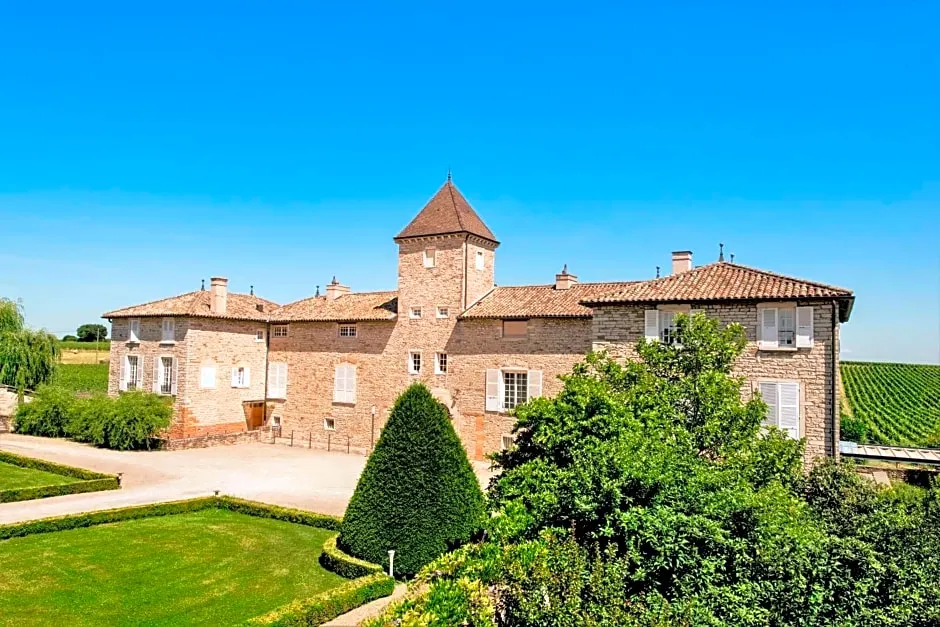
Château de Besseuil
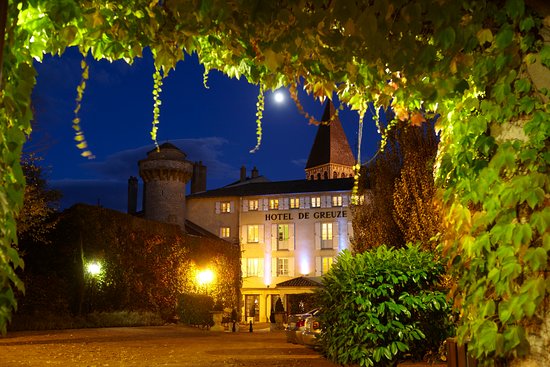
Hôtel de Greuze
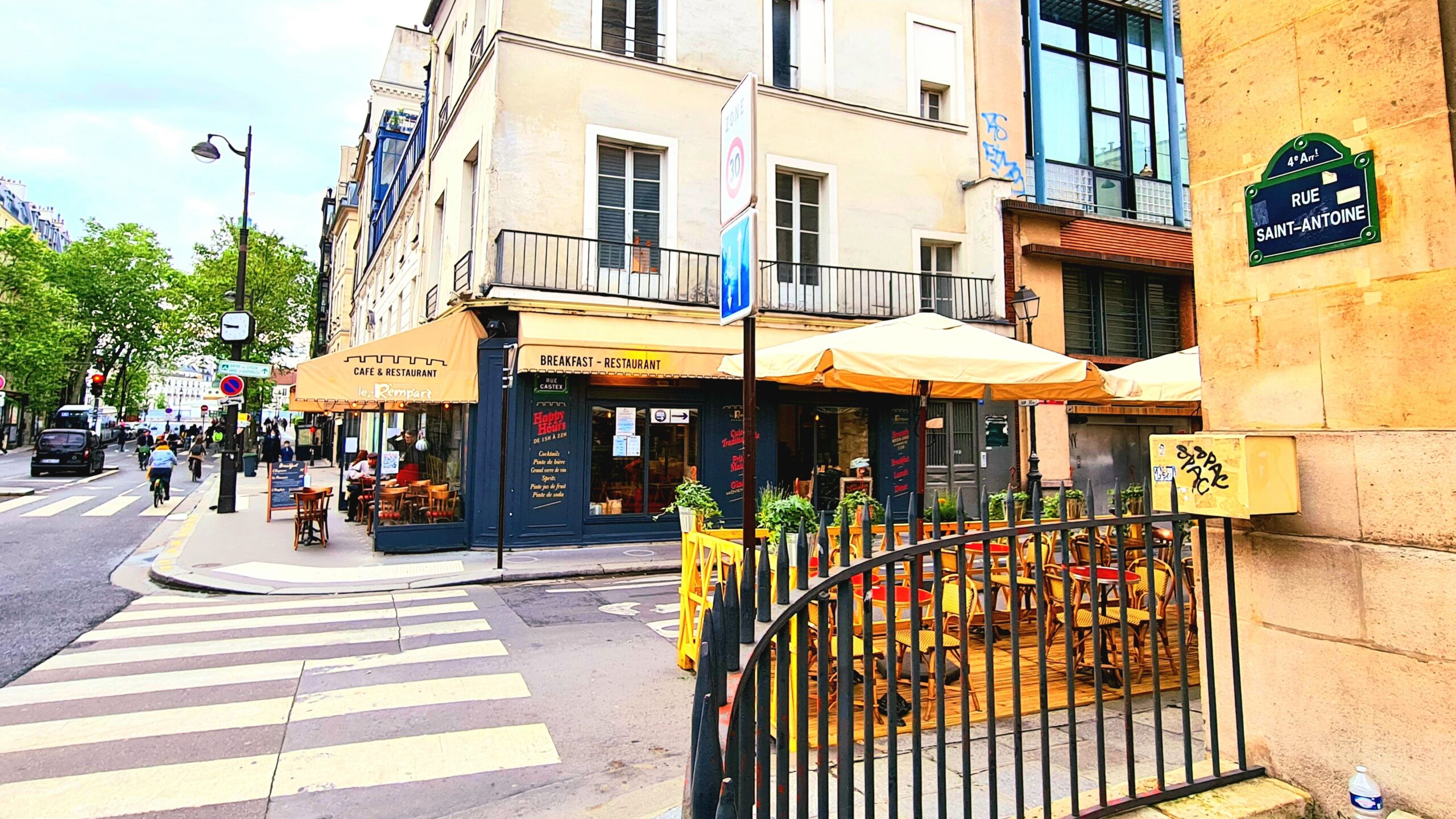
Le Rempart
RESTAURANTS
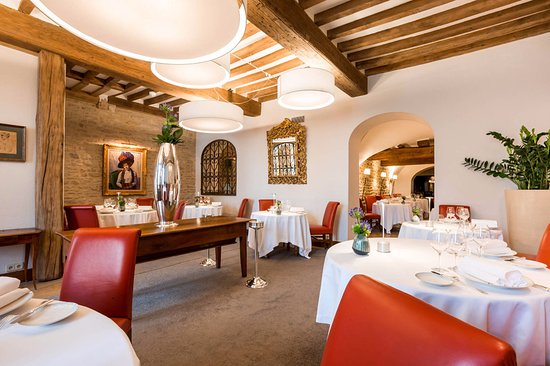
Lameloise
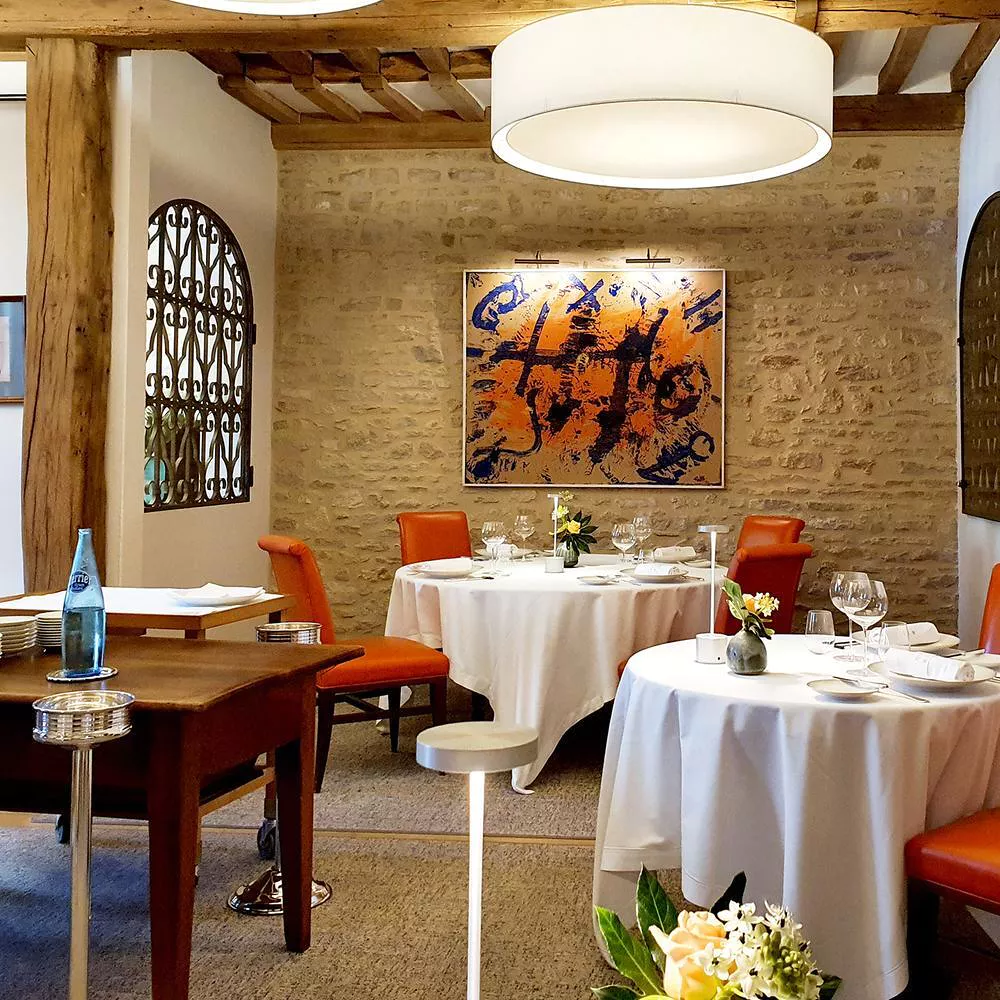
Maison Lameloise
